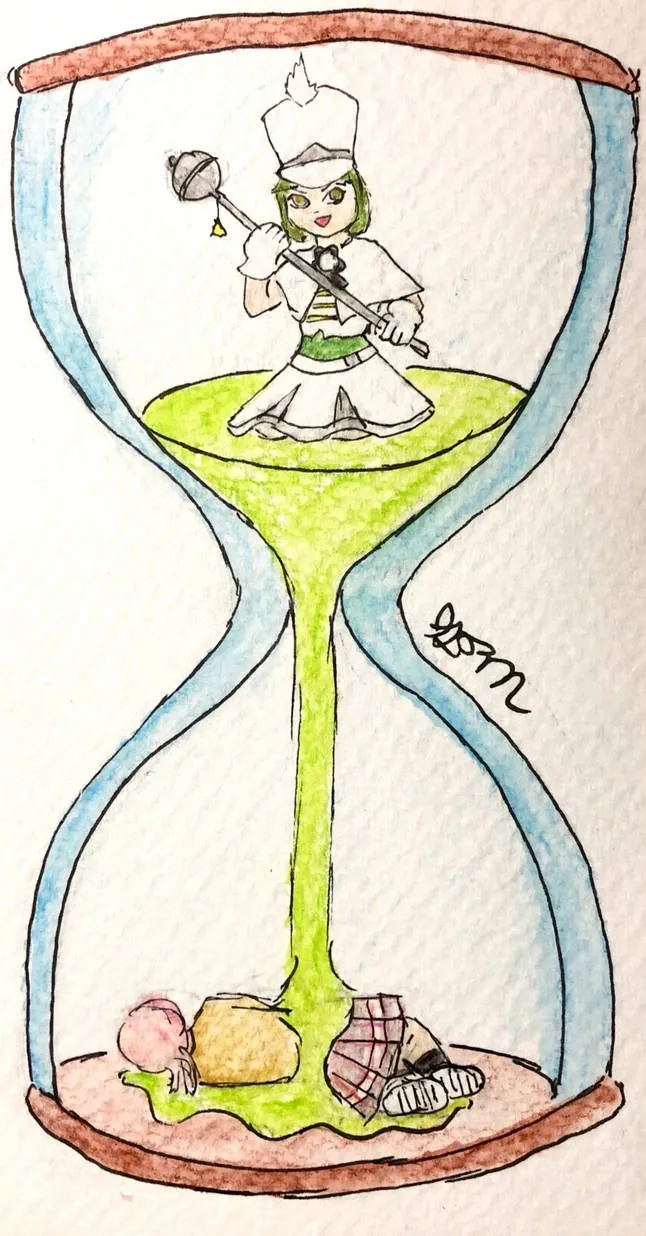Hourglass Tarantula Care Guide Introduction
The Hourglass Tarantula, scientifically known as Brachypelma angustum, is a captivating species increasingly popular among arachnid enthusiasts. Native to the Pacific coast of Guatemala and Honduras, these spiders are known for their striking appearance, docile temperament, and relatively manageable care requirements. This guide provides comprehensive information on how to care for your Hourglass Tarantula, ensuring its health and longevity. From habitat setup to feeding and health maintenance, we will cover everything you need to know to become a successful Hourglass Tarantula keeper. Understanding the needs of your tarantula is crucial to providing a suitable environment where it can thrive. This guide will equip you with the necessary knowledge to create a fulfilling and safe home for your pet.
Hourglass Tarantula Habitat Setting Up the Perfect Enclosure
Creating the perfect habitat for your Hourglass Tarantula is fundamental to its well-being. The enclosure should mimic the spider’s natural environment as closely as possible, ensuring it feels safe and comfortable. The right setup not only provides a home but also influences the spider’s behavior and overall health. This section will delve into the critical aspects of habitat design, including enclosure size, substrate, temperature, and humidity. By adhering to these guidelines, you can ensure your Hourglass Tarantula thrives in its new environment and exhibits its natural behaviors.
Choosing the Right Enclosure

The size of the enclosure is paramount. For an adult Hourglass Tarantula, a terrarium that is at least 10 gallons in size is recommended, providing ample space for movement and exploration. The enclosure should be wider than it is tall, as these tarantulas are terrestrial and spend most of their time on the ground. Ensure the enclosure has a secure lid to prevent escape and adequate ventilation to maintain air quality. Consider the material of the enclosure; glass or clear plastic are excellent choices as they offer visibility and durability. Avoid using anything that could be harmful, like untreated wood, which might harbor pests or be difficult to sanitize. A well-chosen enclosure supports the long-term health and happiness of your tarantula.
Substrate Selection
The substrate forms the base of your tarantula’s habitat and plays a significant role in maintaining humidity levels and providing a comfortable environment. The best substrate for Hourglass Tarantulas is a mix of materials that can retain moisture while allowing for good drainage. A mix of peat moss, coconut fiber, and a small amount of vermiculite is an excellent choice. This combination holds moisture well, allowing you to maintain the required humidity levels. The substrate should be deep enough, approximately 4-6 inches, to allow the tarantula to burrow, which is a natural behavior. Regularly monitor the substrate and replace it as needed, usually every six months to a year, to maintain a clean and healthy environment. Cleanliness is very important to prevent health issues in the tarantula.
Temperature and Humidity Control
Hourglass Tarantulas thrive in specific temperature and humidity ranges. Maintain a temperature between 75-85°F (24-29°C) during the day and a slight drop at night. Use a thermometer to monitor the temperature within the enclosure. Humidity is crucial for molting and overall health, with a target range of 65-75% humidity. You can achieve this by lightly misting the enclosure once or twice a week, or by keeping a water dish in the enclosure. Use a hygrometer to accurately measure humidity levels. Adequate ventilation is also essential to prevent the build-up of mold or excessive moisture, which could harm your tarantula. Adjust these parameters to ensure that your tarantula is kept in the best possible conditions for health and development.
Hourglass Tarantula Feeding What to Feed and When

Proper nutrition is critical for the health and growth of your Hourglass Tarantula. Knowing what to feed and how often ensures that your tarantula receives the necessary nutrients to thrive. The diet of an Hourglass Tarantula in captivity should closely mimic its natural diet, consisting primarily of insects. This section provides guidance on the most suitable food options, feeding frequency, and how to ensure your tarantula stays well-nourished. A balanced diet leads to a healthy tarantula, and it is important to note that overfeeding is a common mistake, which can lead to health problems.
Feeding Frequency and Portion Sizes
The feeding frequency for Hourglass Tarantulas depends on their age and size. Spiderlings should be fed two to three times a week, while juvenile tarantulas can be fed once or twice a week. Adult tarantulas often only need to be fed once every one to two weeks, as they have slower metabolisms. Portion sizes should be appropriate for the tarantula’s size; offer prey items that are about the size of the tarantula’s abdomen. It is important to remove uneaten prey within 24 hours to prevent stress and potential harm to the tarantula. Adjust the feeding schedule based on your tarantula’s behavior and appetite, ensuring that it maintains a healthy body condition.
Suitable Food Options
The most common and suitable food items for Hourglass Tarantulas include crickets, mealworms, and roaches. These insects are readily available and provide essential nutrients. Ensure the insects are gut-loaded with nutritious food before feeding them to your tarantula; this means feeding the insects a balanced diet of vegetables and commercial insect food to maximize their nutritional value. Avoid feeding wild-caught insects, as they may carry parasites or pesticides that could harm your tarantula. Variety is key; rotating the types of insects you feed can help ensure your tarantula receives a wide range of nutrients. Always provide fresh water in a shallow dish for your tarantula to drink and stay hydrated.
Watering and Hydration Needs

Water is essential for the survival and health of your Hourglass Tarantula. Providing fresh water is crucial for maintaining hydration and facilitating molting. Always have a shallow water dish available, filled with fresh, clean water. Use a water dish that is shallow enough to prevent drowning. For smaller tarantulas, you can use a bottle cap or a small, shallow dish. Regularly check the water dish and refill it as needed, at least once a week, to prevent bacterial growth. In addition to providing a water dish, lightly mist the enclosure with water occasionally to maintain the necessary humidity levels. Be sure to check the humidity with a hygrometer.
Hourglass Tarantula Health Common Issues and Prevention
Maintaining the health of your Hourglass Tarantula involves understanding potential health issues and taking preventative measures. Common problems include mites, fungal infections, and difficulties during molting. This section will explore how to identify these issues and implement strategies to ensure your tarantula’s health and well-being. Regular observation and proactive care are essential to address any health concerns quickly and effectively. Prevention is always better than cure, and a healthy environment goes a long way in keeping your tarantula safe and happy.
Identifying Common Health Problems
Regularly inspect your Hourglass Tarantula for signs of health problems. Look out for abnormal behavior such as lethargy, loss of appetite, or excessive aggression. Examine the tarantula’s body for mites, which appear as tiny, moving specks. Check the book lungs and around the mouth for signs of fungal infections, such as discoloration or unusual growths. Difficulties during molting can be another indication of a health issue; if a tarantula struggles to shed its exoskeleton, it may have problems related to humidity or health. Any unusual signs should prompt immediate action, including adjusting the environment or seeking advice from an experienced tarantula keeper or veterinarian with experience in exotic pets.
Preventative Care

Preventative care is crucial for maintaining the health of your Hourglass Tarantula. Ensure that the enclosure is kept clean by removing uneaten food and waste regularly. Maintain the correct temperature and humidity levels to prevent fungal infections and promote healthy molting. Provide a balanced diet with gut-loaded insects to boost the tarantula’s immune system. Quarantine new tarantulas before introducing them to your collection to prevent the spread of diseases. Regular monitoring and observation of your tarantula’s behavior and physical condition are critical. By practicing these preventative measures, you can significantly reduce the risk of health issues and ensure your tarantula lives a long and healthy life.
Shedding and Molting
Molting is a natural and essential process for tarantulas, during which they shed their exoskeleton to grow. Before molting, the tarantula may become less active, lose its appetite, and may refuse food. It might also flip onto its back, a position that allows it to shed its old skin more easily. Maintaining the correct humidity levels during this time is very important, as it helps to prevent the tarantula from getting stuck during the shedding process. Do not disturb your tarantula during molting, as it is a vulnerable time. After molting, your tarantula will have a softer new exoskeleton, and you should wait a few days before feeding it again. Proper care during molting ensures the health and growth of your Hourglass Tarantula.
Hourglass Tarantula Handling and Safety Practices
Handling your Hourglass Tarantula should be approached with caution and respect. While these tarantulas are generally docile, they can still bite if provoked. Understanding tarantula behavior and knowing the proper handling techniques are essential to ensure your safety and the tarantula’s well-being. This section provides guidelines for safe handling, understanding tarantula behavior, and dealing with potential risks. Responsible handling practices not only keep you safe but also minimize stress for your pet, promoting a positive relationship between you and your tarantula.
Safe Handling Techniques

Handling Hourglass Tarantulas should be done only when necessary, as it can be stressful for the spider. If you must handle your tarantula, do so calmly and gently. Avoid sudden movements or loud noises, as they can startle the tarantula. If your tarantula is on your hand, keep it close to the ground in case it falls. Always wash your hands thoroughly before and after handling. If you are bitten, remain calm, clean the area with soap and water, and seek medical attention if necessary. Be aware that tarantulas have urticating hairs, which they can flick off as a defense mechanism. These hairs can cause irritation, so avoid contact with your eyes and face after handling.
Understanding Tarantula Behavior
Understanding the behavior of Hourglass Tarantulas is crucial for safe handling and care. These tarantulas are generally docile but can be defensive if they feel threatened. Observe their body language; if a tarantula rears up, displays its fangs, or flicks its legs, it is a sign of aggression. Respect these signals and do not attempt to handle the tarantula. Most tarantulas prefer to be left alone, and they do not enjoy being held or handled frequently. Creating a comfortable environment where the tarantula feels secure will help it to exhibit its natural behaviors and reduce the likelihood of defensive reactions. Observe your tarantula’s behavior to better understand its needs and preferences.
Hourglass Tarantula Care Guide Conclusion
Caring for an Hourglass Tarantula can be a rewarding experience. By following the guidelines in this guide, you can provide a healthy, stimulating environment for your tarantula to thrive. Remember to prioritize your tarantula’s needs by creating a suitable habitat, providing a balanced diet, and maintaining a clean and safe environment. Regular observation and preventative care are key to ensuring your tarantula’s health and longevity. Enjoy the unique experience of owning an Hourglass Tarantula and appreciate its fascinating behaviors and beauty. With proper care, your tarantula can become a captivating and rewarding companion.
